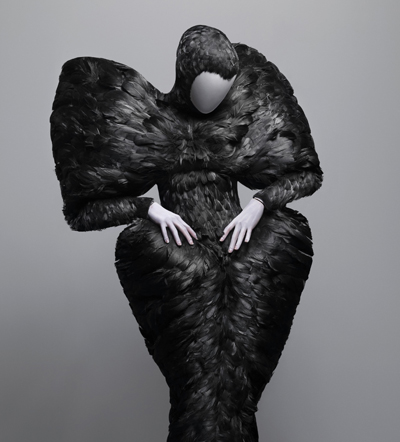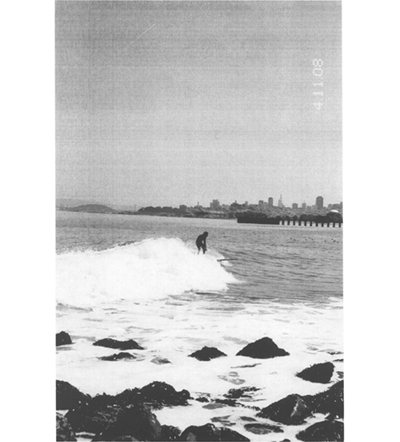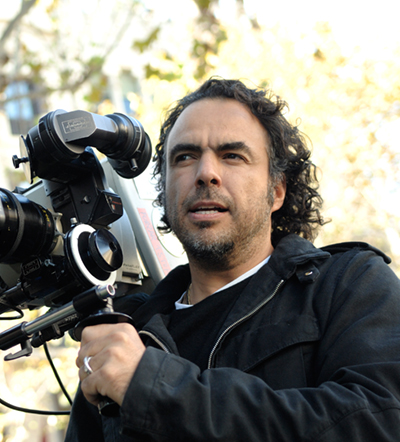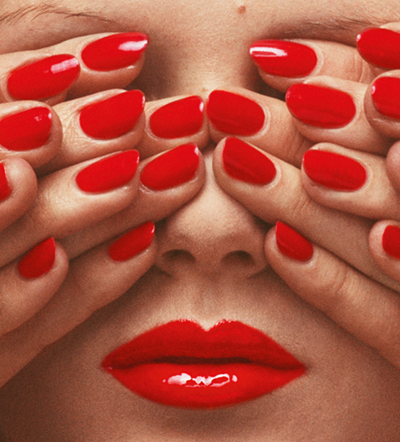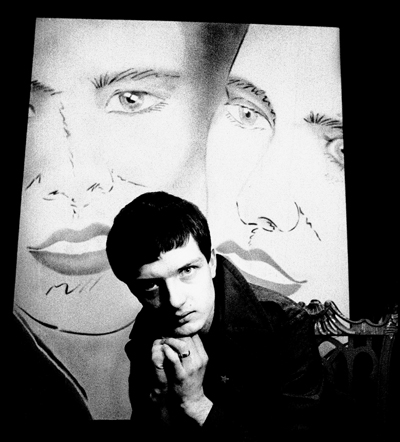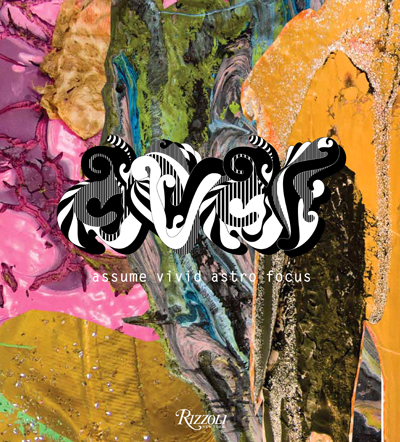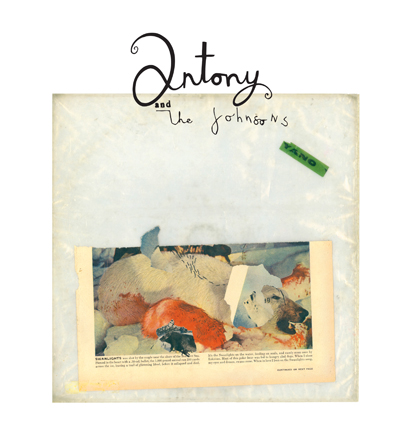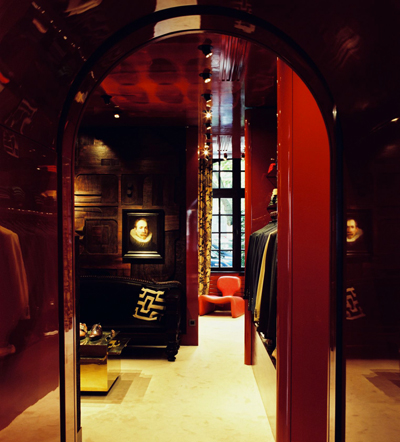
Moby-Destroyed, 2009-2010
Moby has been a stalwart of electronic music for two decades, and there is no sign of him slowing down. This month he released a new record, Destroyed, accompanied by an eponymous book of photographs he has taken on tour. The book serves as a sort of a diary but also a way to turn a mirror on the world, which could be quite cathartic for any celebrity. Some of the photos are excellent, especially the one that made the cover. That was taken inside the La Guardia airport and is the last word in the cautionary sign, “All unattended luggage will be destroyed.”
In the introductory passage to the book Moby says that touring is decidedly unglamorous, that it is weird and isolating. Indeed many photos give off a sense of alienation and loneliness. They are taken at the airports, in hotel rooms, and at concerts. They are thoughtful and meditative and give off a certain sense of quietness. The pictures that depict concert audiences seem as if Moby pressed a pause button in the middle of the concert in order to reflect on his surroundings.




 Facebook
Facebook Permalink
Permalink Digg
Digg Reddit
Reddit LinkedIn
LinkedIn StumbleUpon
StumbleUpon Tumblr
Tumblr
